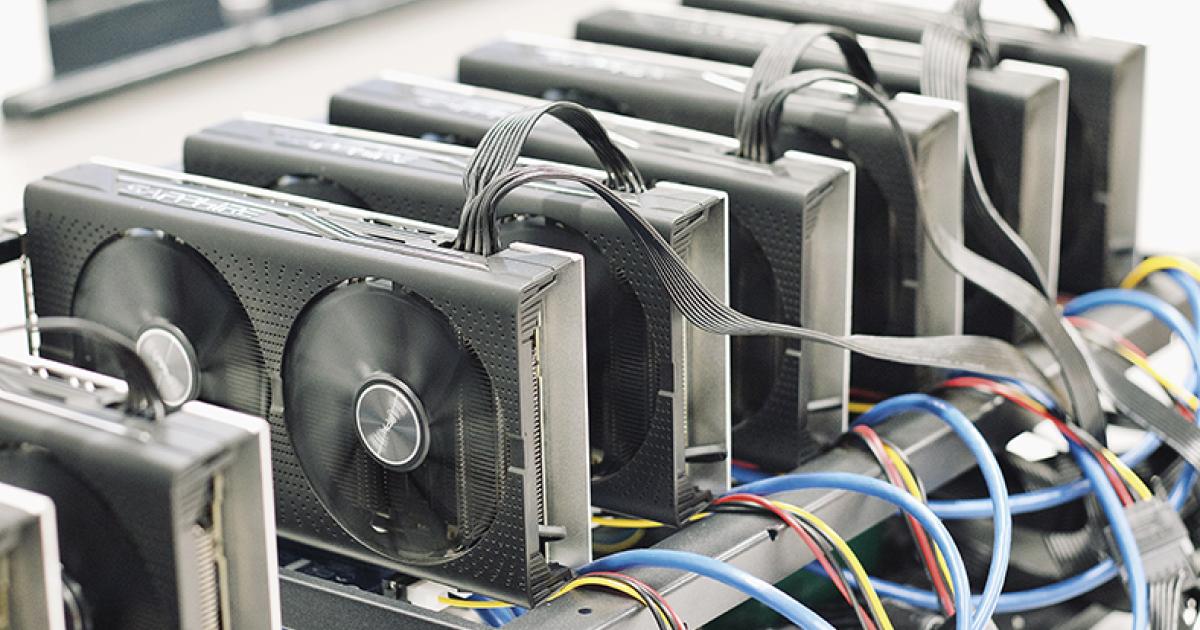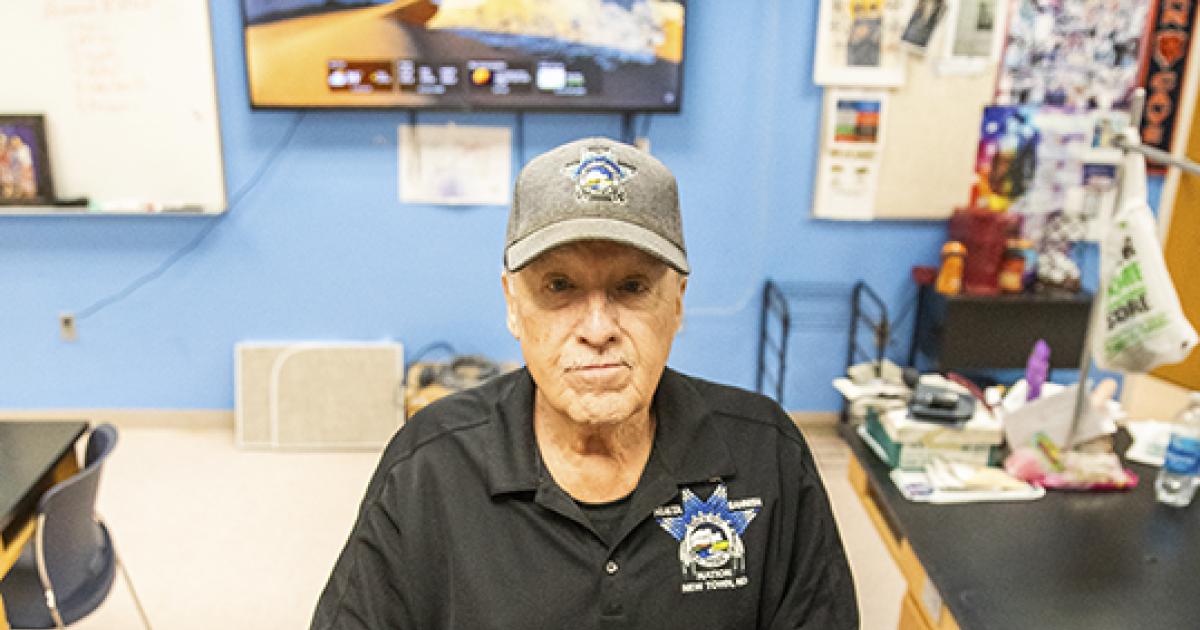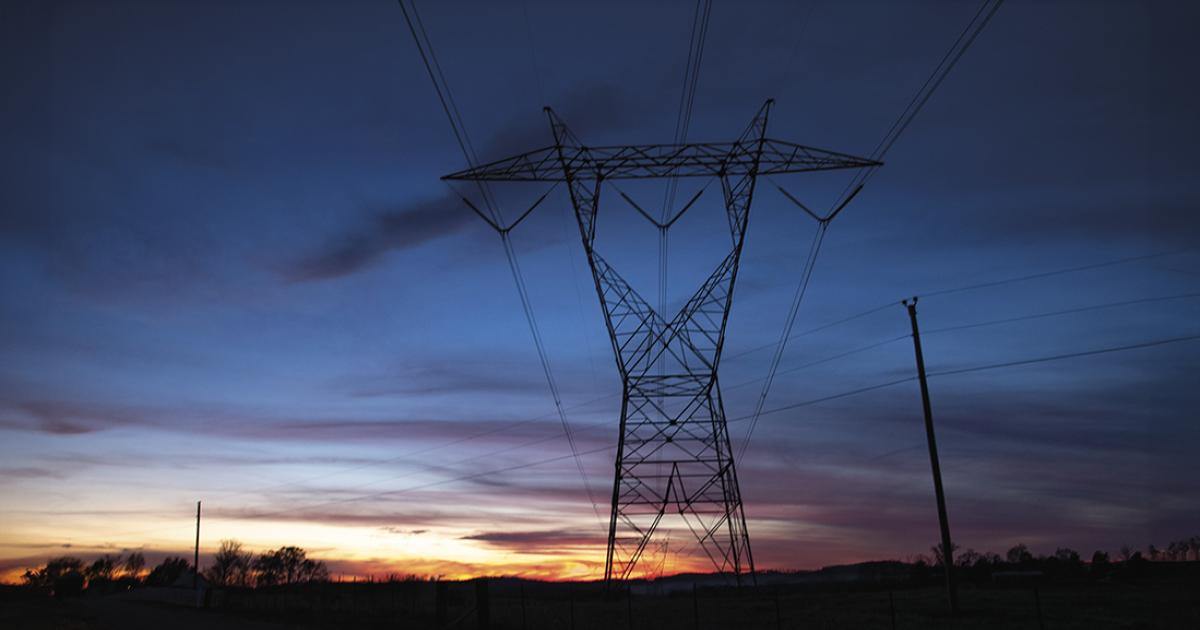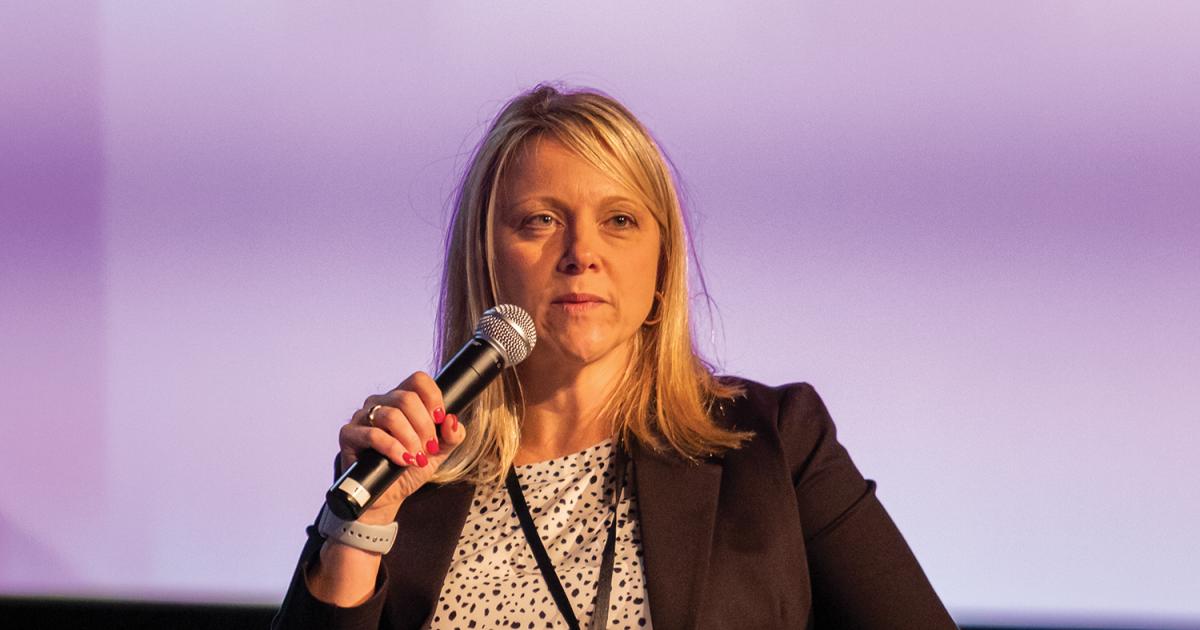The strange new world of cryptocurrency data mining
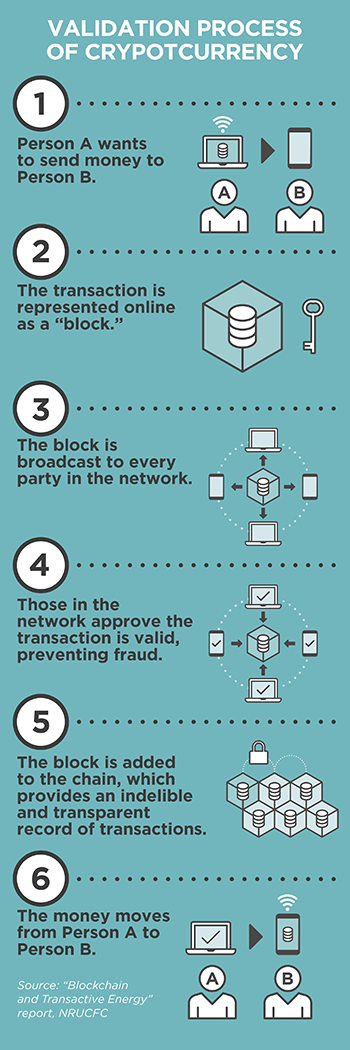 There’s a new industry you may have heard of that uses huge amounts of electricity – as much as all the refrigerators in the United States. And it may be coming to a town near you.
There’s a new industry you may have heard of that uses huge amounts of electricity – as much as all the refrigerators in the United States. And it may be coming to a town near you.
Cryptocurrency has been around less than 15 years, so if you’re not familiar with Bitcoin and other forms of digital currency, what you’re about to read will likely sound strange.
Cryptocurrency is a form of money that exists only in the virtual world of the internet, and the annual amount of electricity required to support cryptocurrency already compares to the amount of electricity used in Finland. The U.S. Department of Energy compares its electricity use to 19 coal-fired power plants and foresees that increasing by at least 40% annually.
A NEW KIND OF MINING INDUSTRY
Cryptocurrency has created a new class of companies known as Bitcoin miners. It’s also created controversy. At least one state has restricted Bitcoin mining as a drain on local resources, while others are creating incentives to attract cryptocurrency jobs.
There are several cryptocurrencies, but Bitcoin is the first and largest. An anonymous founder launched it in 2009 as a way to create an online currency that wasn’t part of any government or financial institution. Today, there are some 200,000 Bitcoin transactions a day, and about 420 million users of cryptocurrency worldwide.
Of course, the people exchanging all that currency want a guarantee of security – and that’s what creates the heavy electricity use.
Bitcoin devised a method of ensuring the safety of its virtual money called “proof-of-work.” It’s a decentralized way of verifying a transaction by creating a complicated mathematical puzzle for people on the internet to solve. The reward is a valuable Bitcoin. The idea behind proof-of-work is that with so many experts throwing so much computing power into competing to be the first to solve the puzzle, there’s no room for fraud or security breaches.
THE IMPACT OF CRYPTOCURRENCY DATA CENTERS ON ELECTRIC UTILITIES
That idea might seem outlandish, but the proof-of-work market is valued at more than $10 billion and is expected to grow to more than $67 billion in the next three years.
With the popularity of cryptocurrency, the proof-of-work technique calls for tons of electrically powered computing capacity. Bitcoin miners often try to locate their data centers near a water supply to use as a coolant to keep the computers from overheating. Miners are also flocking to areas where electricity rates are low, and regulation is likely to be less burdensome.
Critics say Bitcoin mining could strain water resources, raise local electric rates and harm the environment with massive energy use.
But Bitcoin defenders cite the economic development benefits to a local economy.
Bitcoin mining could potentially benefit electric utilities by making more efficient use of electricity. Data centers use power 24/7, including at night when excess electricity is available. And since the data centers aren’t supplying a life-or-death service, Bitcoin miners might be willing to accept a lower electric rate in return for having their power interrupted during times of peak electricity use.
The controversy over data mining’s use of electricity could be resolved another way. Bitcoin’s biggest competitor, Ethereum, has changed its verification system from proof-of-work to something called “proof-of-stake.” It’s a similar technique that doesn’t require solving a puzzle, which reduces energy use by more than 90%.
Some analysts predict proof-of-stake will eventually replace proof-of-work in the industry, all but eliminating the debate over electricity use. Others see proof-of-work sticking around, citing its greater security advantages and well-established Bitcoin miners not wanting to abandon a system that’s working for them.
Whether cryptocurrency continues to draw enormous electricity use or finds less energy-intensive techniques will determine the future of a young and strange data mining industry.
___
Paul Wesslund writes on consumer and cooperative affairs for the National Rural Electric Cooperative Association.


